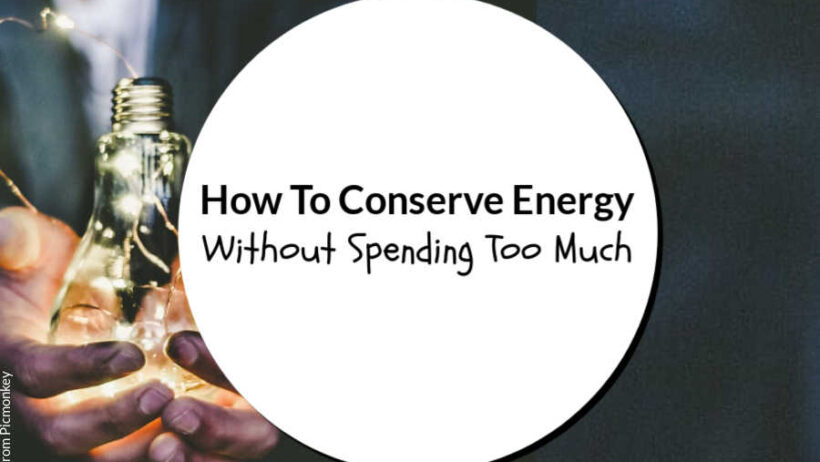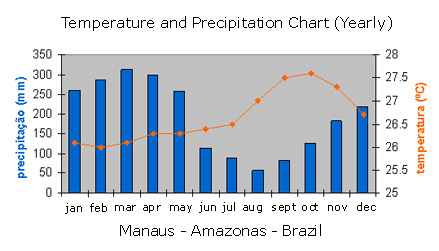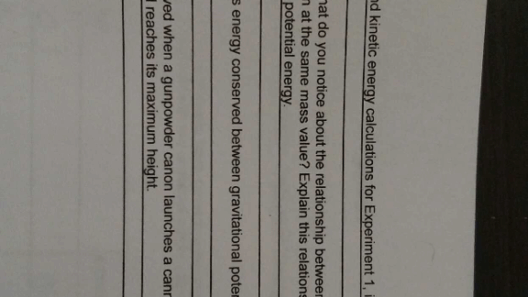In an era characterized by the escalating urgency of climate change and environmental degradation, the importance of energy conservation cannot be overstated. While many individuals perceive the act of conserving energy as a costly endeavor, it is indeed feasible to make substantial reductions without any financial outlay. This discourse elucidates practical strategies that individuals can implement immediately, thereby contributing to both personal savings and the collective good of our planet.
One of the most straightforward methods of conserving energy is through the prudent use of natural light. By allowing sunlight to illuminate your spaces, you can reduce reliance on artificial lighting. Positioning mirrors strategically can also amplify the natural light available, creating a more luminous ambiance. Opt for keeping curtains and blinds open during the daylight hours and, when possible, rearranging furniture to maximize light flow. This is a fundamental yet often overlooked tactic that capitalizes on a resource that is both abundant and free.
Switching gears to household appliances, employing them judiciously can lead to significant energy savings. For instance, the ubiquitous practice of air drying dishes instead of using the dishwasher’s drying cycle proves advantageous. It is a simple adjustment that requires no additional expenditure, and it contributes incrementally to reducing your overall energy footprint. Additionally, running appliances such as washing machines and dryers during off-peak hours can positively influence energy consumption patterns. While this may seem trivial, cumulative practices of this nature can result in noteworthy energy savings.
Ventilation is another key element in effective energy management. Understanding how to optimize airflow within your home can mitigate the need for heating or cooling. Venting hot air in the summer months and letting cool breezes in can diminish reliance on air conditioning systems. Conversely, during winter, ensuring that windows and doors are properly sealed retains warmth and reduces heating requirements. This strategic utilization of natural airflow not only conserves energy but also enhances indoor comfort levels.
Temperature regulation is paramount in energy conservation. Setting your thermostat to a cool 78 degrees Fahrenheit in the summer and a warmer temperature in the winter can yield significant savings. Moreover, layering clothing instead of relying solely on heating can be both comfortable and cost-effective. These adjustments are simple cognitive shifts in lifestyle choices that embody the spirit of energy efficiency without incurring financial burdens.
Taking a step back to evaluate energy consumption habits can be enlightening. Engage in self-reflection regarding daily routines; simple behavioral changes can have profound implications. For instance, being mindful of turning off lights when exiting a room and unplugging devices that are not in use—such as chargers and electronics—are exemplars of low-effort yet impactful actions. This simple mindfulness approach not only conserves energy but cultivates a more conscious attitude towards consumption.
In conjunction with these efforts, consider the placement and usage of larger appliances. Refrigerators, for instance, should be kept clear of heat-producing devices, such as ovens and toasters. This strategic positioning allows for more efficient operation and reduces the gadget’s energy consumption. Furthermore, ensuring that the refrigerator door seals are intact can prevent unnecessary energy expenditure, thus enabling it to function more effectively.
Another compelling aspect of energy conservation revolves around water usage. Heating water accounts for a substantial portion of home energy costs. By taking shorter showers and installing low-flow faucets and showerheads, you can conserve not only water but also the energy required to heat it. The practice is equally refreshing and environmentally considerate, illustrating that small changes can lead to significant benefits without the need for financial investment.
Engaging in energy-efficient cooking methods is yet another avenue through which conservation can be achieved. Utilizing lids on pots when boiling water not only expedites cooking times but also minimizes energy usage. Additionally, multitasking appliances—such as using a microwave instead of an oven—can frequently reduce energy consumption for meal preparation. This conscious strategy is not only pragmatic but also nurturing for both your wallet and the environment.
The quintessential act of reducing waste represents a cornerstone of energy conservation. Composting organic waste reduces the volume of refuse sent to landfills, thereby lessening methane emissions and the energy consumed in waste processing. Cultivating an awareness of waste production fosters a greater appreciation for the resources consumed and, in turn, drives energy-saving behaviors.
Engaging with your community can also amplify your individual efforts. Participating in local initiatives or forming energy-saving groups can inspire collective actions, such as neighborhood clean-up programs and community gardens, which inherently demand less energy than manicured lawns and traditional gardening practices. When we collaborate, we harness the power of community spirit and shared commitment towards a more sustainable future.
As the awakening consciousness surrounding environmental issues continues to grow, the collective efforts of individuals in conserving energy will significantly contribute to a healthier planet. By implementing these myriad strategies, one can conserve energy without spending a dime, all while fostering a lifestyle that embodies sustainability, mindfulness, and responsibility. Indeed, each action, no matter how small, holds the potential to ripple outward, influencing others in a broader narrative focused on energy conservation. The commitment to energy efficiency is not just an individual endeavor; it is a communal challenge that, when embraced earnestly, can yield transformative effects for generations to come.








